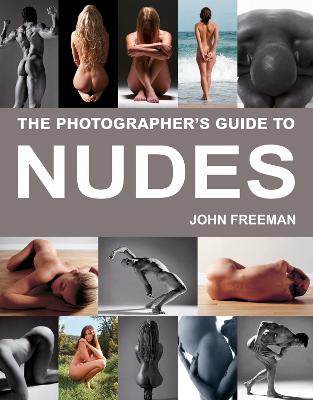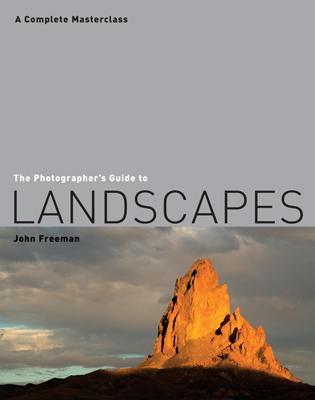Photographer's Guides
3 total works
One of the most specialist aspects of professional photography, nudes are a complicated and often under-represented art form. This book covers all areas that should concern the nude photographer including working with models, use of props and the respective merits (and problems associated with) indoor and outdoor shoots. Diagrams complement the issues raised and also the photographs. Equipment is discussed in detail, from the most basic flash-gun to a professional studio set-up, as well as the best cameras to use in a variety of different situations. Subjects range from classical, glamour, fetish, water and symmetry, to use of hair and makeup, ring flash and creating digital composites – all achieveable by even those with the most modest of equipment.
The art of black and white, which used to be the preserve of the specialist photographer, has become mainstream in recent years. The medium can lend images a dynamic feel and photographers of all levels have embraced it. This book covers all areas that should concern the black and white photographer, including depth of field, exposure and learning to ‘see’ your canvas in black and white. Diagrams complement the issues raised and also the photographs. Equipment is discussed in detail from the most basic flash-gun to a professional studio set-up, as well as the best cameras to use in a variety of different situations. Subjects range from portraits in daylight and available light, landscapes, nudes, architecture, water, interiors and still lifes, to digital composites, turning colour images to black and white, using filters and the art of toning – all achieveable by even those with the most modest of equipment.
Landscapes have always been one of the great photographic themes and in this new volume John Freeman explains informatively and concisely how to capture the essence of the physical world that surrounds us all. Starting with seeing the picture, the book illustrates, with clear examples of landscape photographs, why one shot works when another fails. It guides the photographer through the choice of equipment, both film and digital; the importance of viewpoint; the art of composition; format and framing; black and white or colour; understanding the importance of timing and light, and much more. Each topic is illustrated with stunning images from around the world, with particular attention given to seascapes, the weather, lakes and mountains, and often overlooked themes such as the urban landscape. Manipulation of images is also discussed in detail; learn how to enhance a shot taken on an overcast day and to emulate infrared film to create surreal landscape images.


